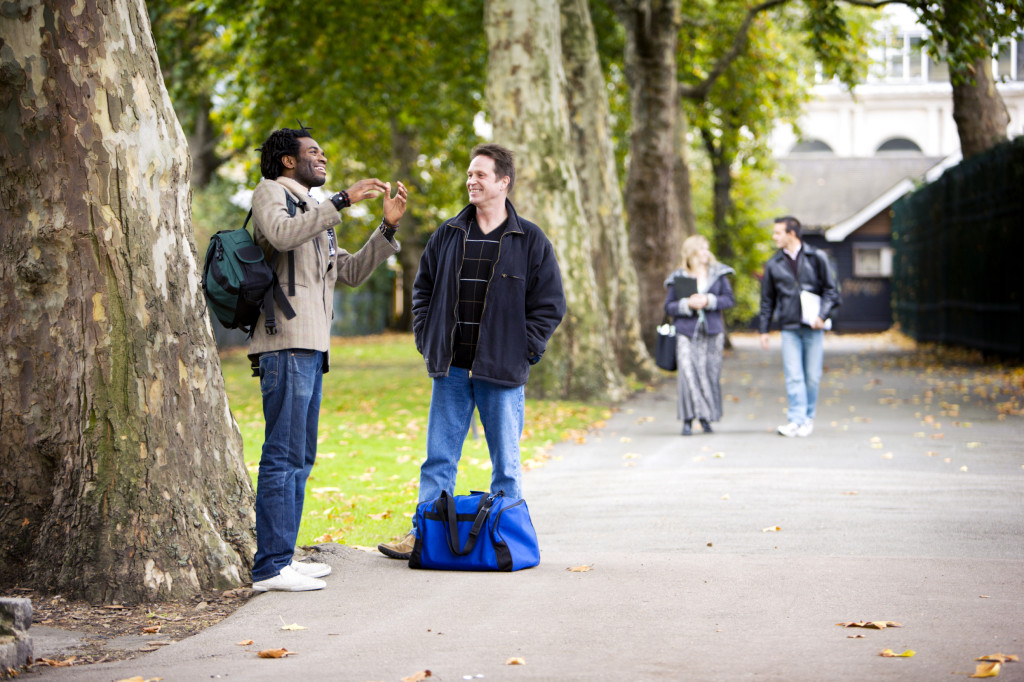
Now that we’re halfway through the year, it’s interesting to look at 2015 trend forecasts to see if they are on track.
In December 2014, JWTIntelligence published its annual trends report, “The Future 100: Trends and Change to Watch in 2015.” What we love about the report is that JWTIntelligence looks beyond domestic trends to provide a snapshot of global influence in a number of categories including culture, beauty, brands, food and drink, innovation, lifestyle, luxury, retail, sustainability, travel and technology. According to the JWTIntelligence report, our cell phones have become “our life remote control, our pocket portal to the world.” Ericsson forecasts that by 2020—only five short years from now—90 percent of the world’s population over age six will have a mobile phone.
Consumer expectations are also shifting. Brands are expected to deliver experiences, be hyper-transparent and achieve sustainability. They are also expected to be societal leaders, benefactors, innovators and philanthropists. These are important trends for marketers. Below we have highlighted a few additional trends related to marketing although there are many more in the report that we did not have the room to include.
#8 – Connected Kids
According to Common Sense Media, three-quarters of American children under eight have access to a smartphone or tablet. In a poll conducted by Vodafone, 93 percent of U.K. parents allow their children to use their smart devices. As a result, JWTIntelligence reports that “children under 10 are more technically advanced even than their teenage siblings. Their familiarity with technology, and their expectations of it, go far beyond that of previous generations.”
#12 – Universal Intelligent Design
Likening it to a “Pinterest phenomenon,” the report concludes that consumers expect good design as a matter of course. Such expectations are driven by consumers’ easy access to blogs, online publications and social media that provide snapshots into celebrity and sophisticated lifestyles. Today’s savvy Millennials are greatly influenced by upscale design so much so that retailers to budget hotels and everything in between are being updated with new looks.
#20 – Save Our Subcultures
You see the influence with entertainment stars adopting niche urban styles and fashion brands that have latched on to subcultures. Sophisticated Millennials are viewing the quick adoption of these subcultures as inauthentic and opportunistic. Authenticity of connecting with subcultures will be the key.
#24 – Celebrity Business Partners
The trend of an evolving relationship of celebrity and brands is pushing the relationships beyond the “spokesperson” roles of the past. Celebrities are becoming more like business partners by influencing creative strategy, associating their celebrity status beyond traditional campaigns and into social media. As a result they are securing a greater share of the profits. We are seeing more celebrities than ever launching their own brands to leverage their influence.
#33 – 1-for-1: Third Way Commerce
There is a new business model popular with Millennials that combines social good with business sales and marketing referred to in the report as the “third way.” Toms shoes introduced the concept of one-for-one (or buy one, give one). The influence of Toms has ignited other brands and categories of goods to follow suit. Toms proved that leading with philanthropy drives sales. More than Millennials are looking to associate brands with ethical behavior and clear values.
#77 – 24/7 Unlimited Hours
Driven by global brands like Zappos and easy access to ordering on line whenever it is convenient for the consumer, the way businesses view traditional working and retail hours is changing. Consumers today expect to be able to shop 24/7.
We encourage you to take a peek at the report to see what is trending in 2015. It is sure to spur some great ideas for your business or provide needed insight on how to evolve your products or services.

